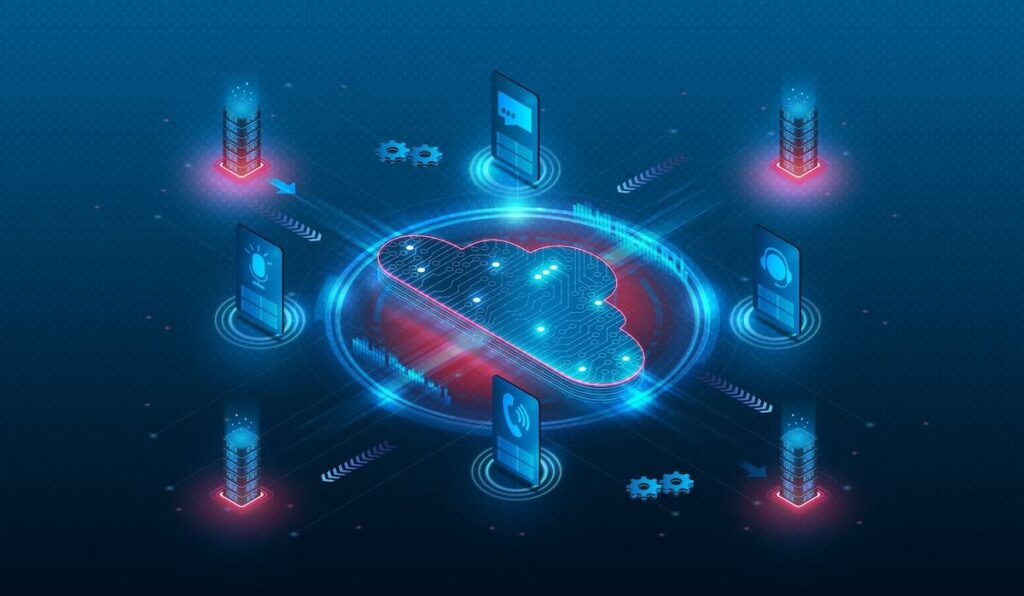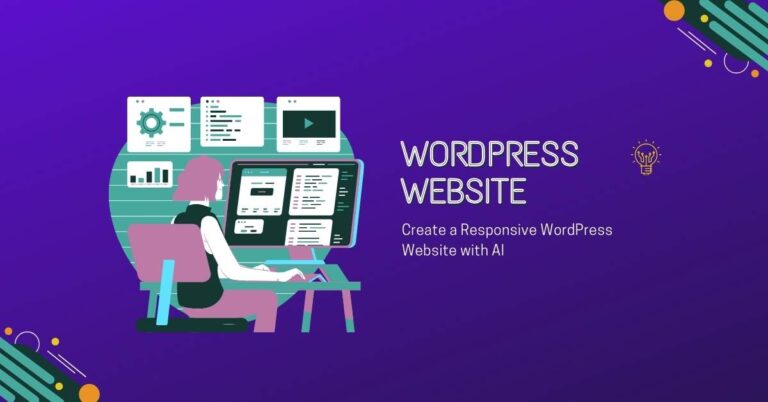Understanding CCaaS: Advantages of Contact Center as a Service
Traditional, on-premises contact center solutions are swiftly fading into obscurity as they fail to meet the dynamic demands of the digital age. Meanwhile, Contact Center as a Service (CCaaS) platforms propel organizations forward by fostering agility and offering myriad opportunities for expansion. These solutions liberate businesses from costly, cumbersome infrastructure, allowing them to focus on what matters most—enhancing the customer experience.

What Exactly Is CCaaS?
CCaaS platforms enable organizations to seamlessly interact with customers across diverse channels, including voice, digital, social, SMS, and chat. Moreover, these platforms meticulously capture critical customer and employee data from those interactions, ultimately enriching the overall experience. While the most effective CCaaS systems are fortified with artificial intelligence, all are inherently hosted in the cloud. The “as a service” aspect reflects that providers maintain the software, affording customer service teams the freedom to utilize the tools for improved customer engagement.
The omnichannel experience, a core expectation of today’s clientele, is fully supported by CCaaS solutions. These systems consolidate key elements of traditional contact centers, such as interactive voice response (IVR), computer telephony integration (CTI), and advanced analytics, into one cohesive, cloud-based framework. Moreover, they excel at routing customer inquiries efficiently across multiple channels, automating routine tasks, and providing self-service options where appropriate.
Cloud vs. On-Premises: What Sets Them Apart?
At the heart of the distinction between a cloud-based and an on-premises contact center lies ownership and management. On-premises contact centers exist within a physical structure where both the software and hardware are hosted and managed by the company’s IT department.
In contrast, a cloud-based CCaaS system is owned, managed, and maintained by the service provider, removing the burdens of hardware procurement, software upgrades, troubleshooting, and infrastructure management. The financial model differs significantly as well—on-premises centers often involve hefty upfront costs, while CCaaS offers flexible, subscription-based payment models that cater to specific needs, making it a highly adaptable and cost-efficient solution.
The Key Benefits of CCaaS Platforms
- Omnichannel Engagement
Today’s consumers demand prompt, efficient resolutions on their platform of choice, whether it’s through SMS, live chat, or traditional voice calls. Moreover, they want their service journey to flow seamlessly across these channels, without the need to re-explain their situation to every new representative they encounter.
Platforms like LivePerson unify all customer interactions into one cohesive workspace, empowering agents to access complete customer histories, including previous conversations and real-time transcripts. This integration streamlines the customer journey, ensuring a more fluid and efficient experience. - Automated Self-Service Options
Companies are increasingly drawn to CCaaS platforms for their ability to support automated self-service. Such options allow customers to resolve simple issues independently, often leading to higher satisfaction levels. Instead of waiting on hold, clients can obtain answers swiftly, which reduces the overall call volume and frees up agents to handle more intricate issues.
This also proves particularly advantageous during peak call times when the system is under increased demand. - Cost-Effectiveness
One of the most compelling benefits of CCaaS is its flexible payment model, allowing businesses to either subscribe annually or adopt a pay-as-you-go structure. This flexibility ensures that companies only pay for the technology they actually use, leading to greater cost efficiency. Additionally, the responsibility of maintaining and updating the platform rests with the cloud provider, eliminating the need for IT departments to manage this on their own. - Scalability and Flexibility
The agility of CCaaS software allows companies to scale their operations effortlessly. Whether adding agents or expanding functionality, businesses can scale up or down in real-time, adjusting to evolving needs without the complications typically associated with on-premises systems. - Cutting-Edge AI Capabilities
Solutions such as LivePerson offer businesses access to advanced AI technologies, streamlining operations and optimizing customer interactions. Features like automatic interaction summaries, Virtual Agent chatbots, and real-time analytics provide organizations with deep insights, helping both customers and agents resolve issues efficiently. The use of AI also automates many time-consuming tasks, freeing agents to focus on more complex challenges. - Enhanced Agent Support
LivePerson consolidates all essential tools and applications within a single workspace. This design significantly reduces the time agents spend switching between platforms, allowing them to resolve customer queries faster. Automated reporting tools and customizable templates provide detailed insights into performance metrics, improving the overall efficiency of the contact center. - Seamless Integration with Enterprise Systems
A modern contact center must integrate with numerous other systems, from CRM software to payroll and marketing tools. CCaaS platforms, such as LivePerson, come with out-of-the-box integrations for popular systems like Slack, Salesforce, and Teams, while also offering low-code solutions for custom integrations. This capability accelerates time to value and improves overall system performance.

The Evolution of Call Center Technology
Fifteen years ago, contact centers were largely dominated by on-premises software. However, by the late 2000s, emerging technology companies recognized the potential of cloud-based solutions. These early CCaaS platforms offered considerable benefits, including lower maintenance costs, reduced IT overhead, and the ability to scale easily. Agents no longer needed to be tied to specific workstations, as the software could be accessed from any browser.
Despite their early success, these first-generation solutions faced challenges. Many were adapted from existing on-premises codebases, leading to occasional downtime and difficulties in integrating with newer cloud-based applications. Over time, however, these obstacles have been overcome, resulting in highly reliable and versatile platforms.
LivePerson: Modernizing Customer Service with CCaaS
LivePerson is at the forefront of revolutionizing CCaaS, offering a powerful cloud-native platform with a flexible micro-services architecture. This advanced framework allows for rapid innovation and deployment, minimizing errors and reducing downtime. By leveraging LivePerson’s cutting-edge technology, businesses can deliver exceptional customer experiences while staying agile in a rapidly evolving market.
The benefits of CCaaS through LivePerson enable contact centers to offer superior customer interactions, whether through AI-driven chatbots, messaging platforms, or voice services. Companies that adopt LivePerson’s solutions are often leaders in their industry, as the need for more dynamic and efficient customer service tools continues to rise.
The global CCaaS market is projected to grow from $4.87 billion in 2022 to $15.07 billion by 2029, according to Fortune Business Insights. This growth is fueled by factors such as the expansion of remote work environments, innovations in AI-powered customer interactions, and the introduction of various API-based customer experience programs. LivePerson’s robust platform is poised to meet these demands, helping businesses stay ahead of the curve.
CCaaS platforms have revolutionized the way businesses manage customer interactions, offering a level of flexibility, scalability, and efficiency that on-premises systems simply cannot match. With AI integration and omnichannel capabilities, CCaaS ensures that companies can meet the demands of today’s tech-savvy customers while streamlining their own operations.






